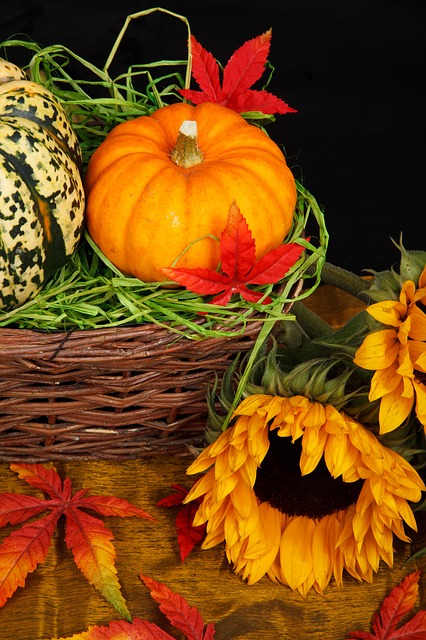
The popular story is that the Plymouth Rock was the site of the original colony of the pilgrims. Contrary to this belief, however, Plymouth Rock was not the site of their original colony. The fact about the history of thanksgiving is that when the Pilgrims landed on the Plymouth Rock on December 11, 1620 in search of fresh provisions, they were greeted with hostility by the natives in the immediate vicinity and put back out to sea almost at once.
Then a little further south, the pilgrims came across Cape Cod, which was much more favorable anchorage as compared to the Plymouth Rock. And the positive thing about Cape Cod was that here the native population was more cordial in nature. Weary from their voyage and in no mood to hunt down the site mandated by their charter, which was considerably further down the coast and somewhere within the limits of the original grant of the Virginia Company of Plymouth, the Pilgrims decided to establish their colony within this friendly territory.
That year the initial harsh Massachusetts winters killed approximately one-half of the original 102 pilgrims in the new territory. Whereas in the following Spring that is in 1621, the Indians, under the guidance of two brave persons named Samoset, of the Wampanoag Tribe and Squanto, of the Patuxtet Tribe, taught the survivors how to plant corn, called ‘maize’ by the natives, and how to catch alewives, a variety of the herring family, in order that the fish might be used as a fertilizer to growing pumpkins, beans and other crops. Samsoset and Squanto also instructed the Pilgrims in the arts of hunting and angling. That year by the summer season, despite poor crops of peas, wheat and barley, a good corn yield was expected and the pumpkin crop was bountiful.
In early autumn in order to recognize the help offered to the pilgrims by the Indians and to give thanks for having survived, the Governor, William Bradford, arranged for a harvest festival. Four men were sent ‘fowling’ after ducks and geese. Turkey may or may not have been a part of the forthcoming meal because the term ‘turkey’ was used by the Pilgrims to mean any type of wild fowl.
This harvest festival lasted three days. Governor William Bradford invited Massasoit, local sachem or chief of the Wampanoag to the festival. Massasoit attended the festival with 90 other Indians from the various Eastern Woodlands Tribes. And they all participated in the ceremony. There is again little doubt that the majority of the feast was most likely furnished by the indigenous population and not by the pilgrims. It is certain that they provided venison.
The remainder of the meal, eaten outdoors around large tables, probably included the items such as fish, berries, boiled pumpkin, watercress, leeks, lobster, dried fruit, clams, wild plums and cornbread. The celebration of this first New England Thanksgiving is believed to have taken place sometime between September 21 and November 9.
The event, however, was a one-time celebration. It was not repeated the following year, nor was it intended to be an annual festival. It was not until 55 years later than another Thanksgiving Day was officially proclaimed, when the Governing Council of Charlestown, Massachusetts convened on June 20, 1676 to weigh how to best express thanks for the good fortune that had secured the establishment of their community. By unanimous vote, Edward Rawson, the Clerk of the Council, was instructed to announce June 29 as a Day of Thanksgiving. Yet again, this proved to be only a one-time event.
